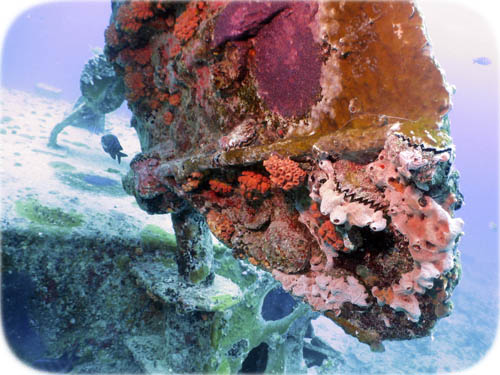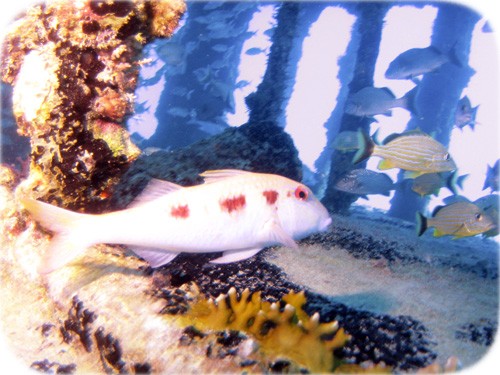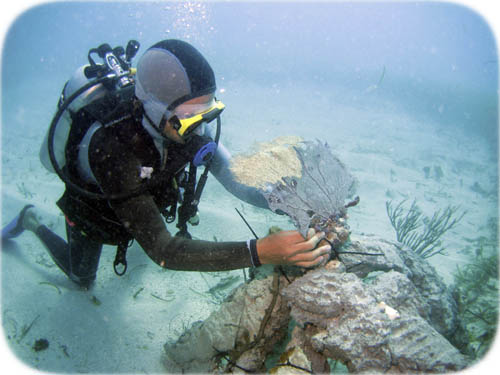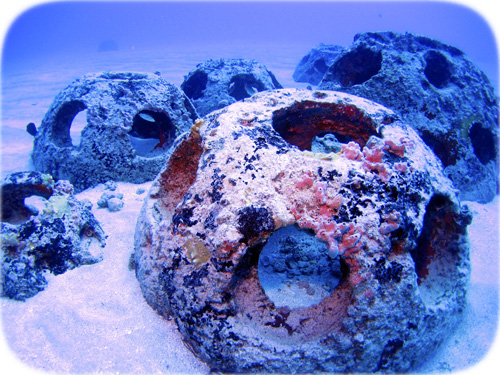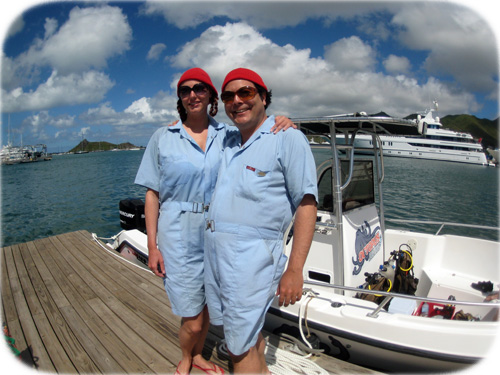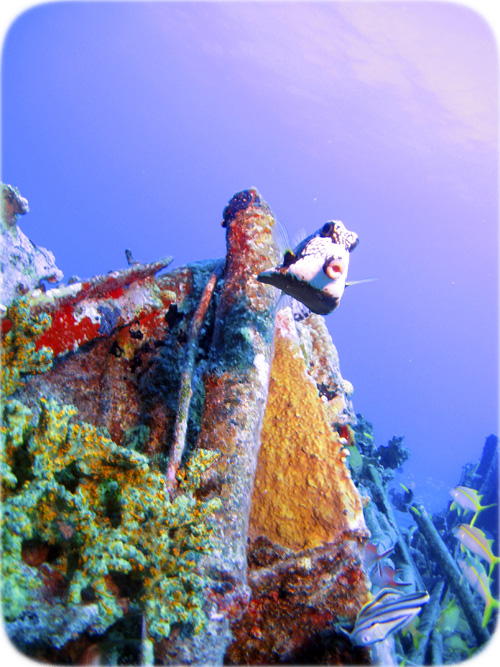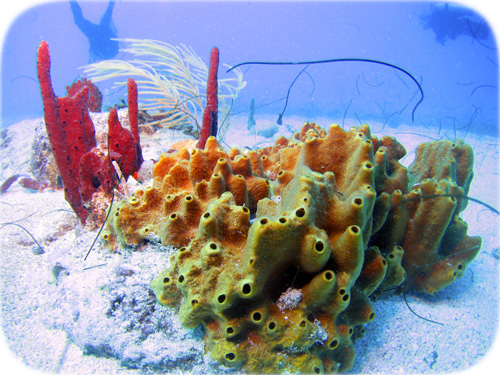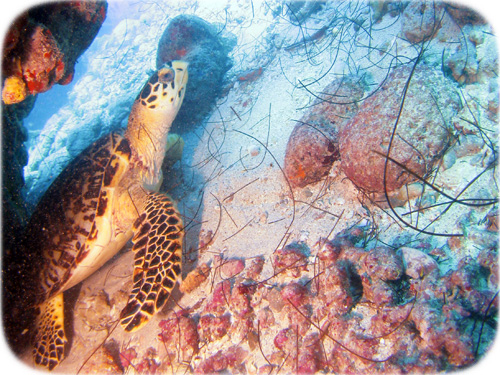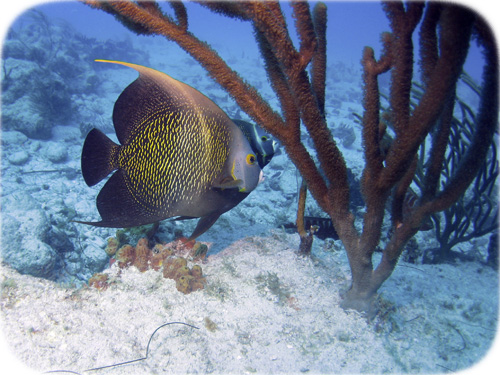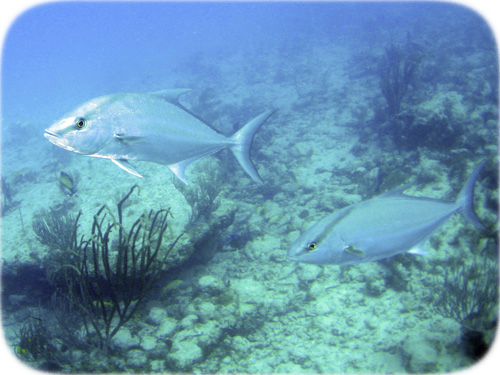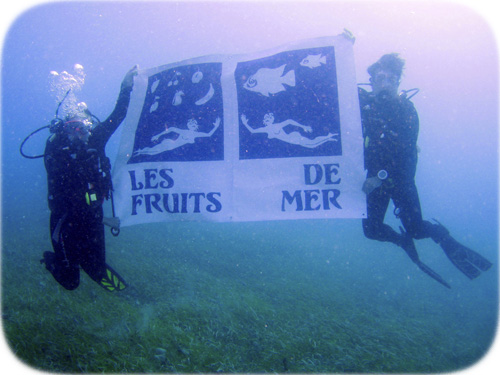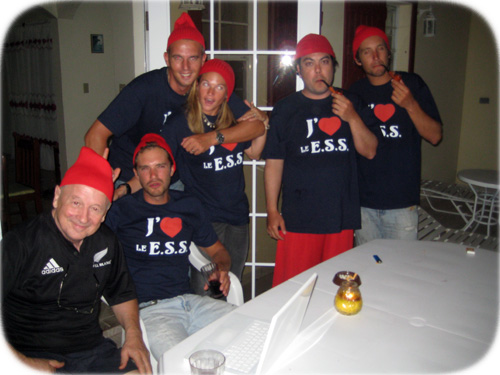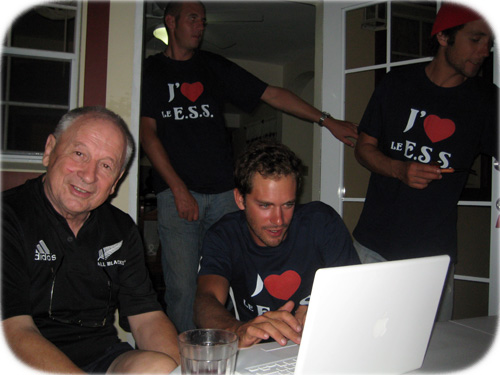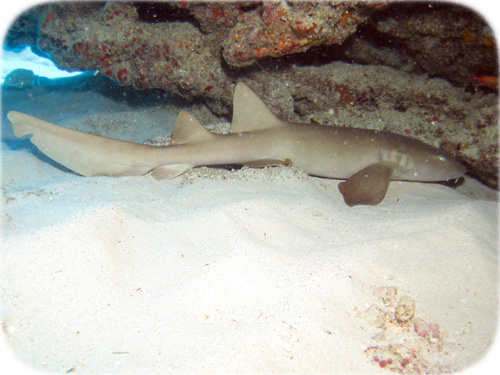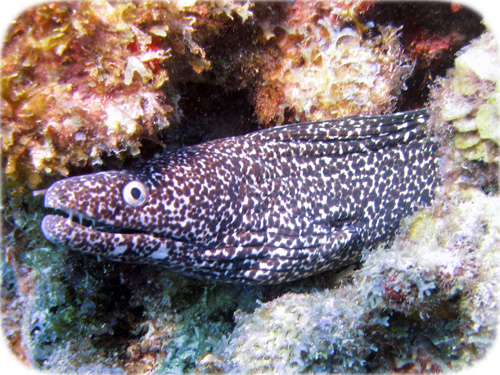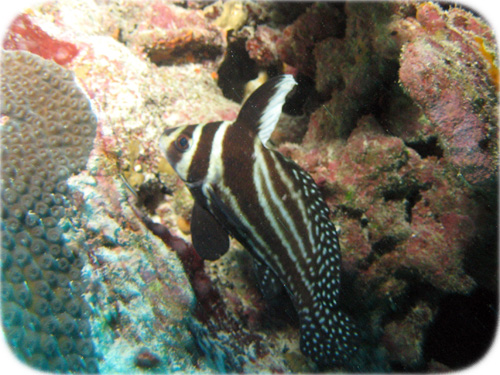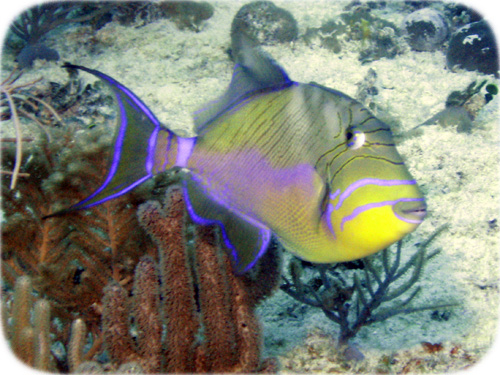The team arrived at Octopus Diving bright and early, bearing vintage Valentines for the Octopus crew–because we love them. J.P., Sally, and our team cruised out to the far reefs beyond Tintamarre Island for another commando drop drive on the Chico site. The visibility was fabulous, as the stormy weather has finally calmed. We found a turtle lurking in a coral cave, and were fortunate enough to photograph his spectacular exit from his hideaway, as he arced gracefully into the big blue. Other sightings included a 3-foot giant Caribbean Spiny Lobster waving his antennae under a ledge, a big Nassau Grouper staring at us from a hole, several Trumpetfish, and a tiny, just-arrived-at-adulthood Spotted Trunkfish concealed in a miniature nook in a coral head.
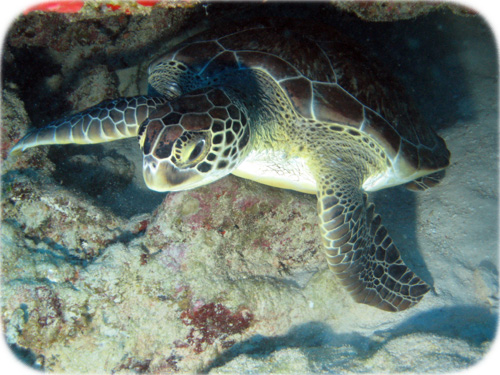
Our next dive was a new approach to the Tugboat wreck, where we observed an amazing Magnificent Urchin in the sand immediately before the wreck. It was indeed truly magnificent, appearing like a brilliant alien spacecraft in glowing deep purples and reds with its characteristic lines of iridescent deep blue dots and its central suspended violet globe absolutely striking against the white sand. We also swam with two large Porcupinefish, found another miniscule Spotted Trunkfish hiding in a narrow fissure in a coral formation, and saw many other varieties of fish both on the wreck and the adjacent reef. Returning to the Octopus mooring, the team spotted a promising new potential Extreme Shallow Snorkeling location from the boat: the rocky shores surrounding Petite Plage.
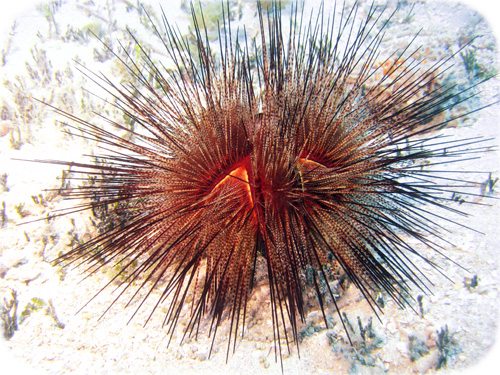
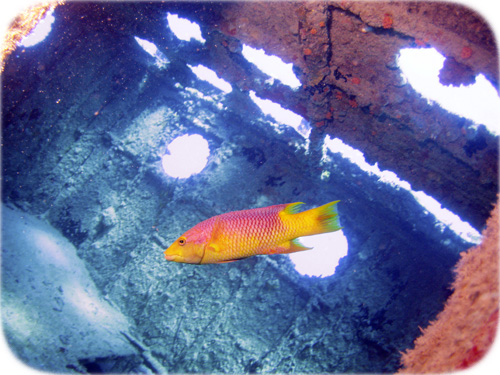
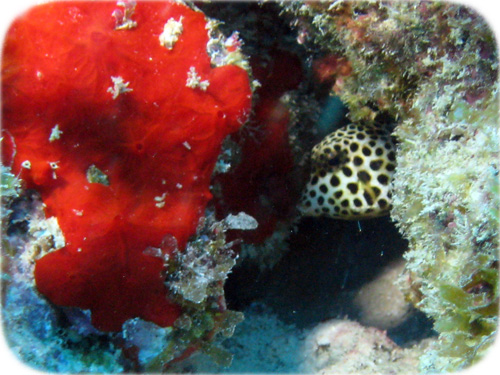
After a picnic lunch on the sunny terrace at the dive shop, of saucission sec, baguette, cornichons, and deliciously tangy unpasteurized fromage, the team geared up and headed out to investigate the new E.S.S. site. We discovered a vibrant mini-ledge reef at 1-2 feet, as well as some extremely shallow areas near the rocks, teeming with life. The area seemed to provide an excellent nursery, with juvenile Sargeant Majors, juvenile Parrotfish, and enormous, almost colorless silvery clouds of what we believe may have been teeny anchovy fry, appearing in abundance in depths ranging from as little as 5 inches to 3 feet. We also noticed a few extraordinary Fireworms of the bright green variation, clinging to coral-encrusted boulders. All our buoyancy and E.S.S. skills were called for to clearly photograph these poisonous creatures in the surging shallow water, which could easily have carried us close enough to be painfully burned by their fiery bristles.
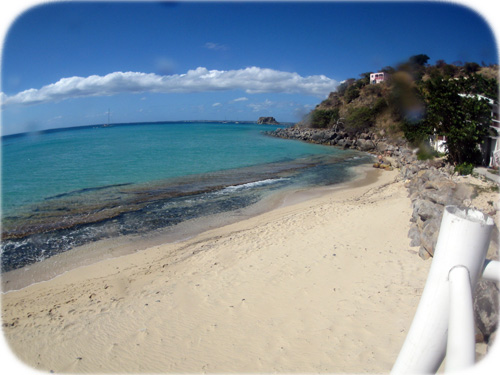
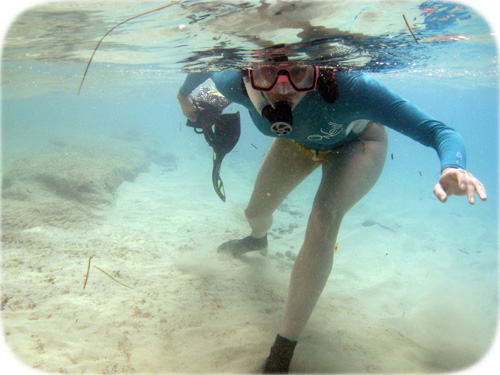
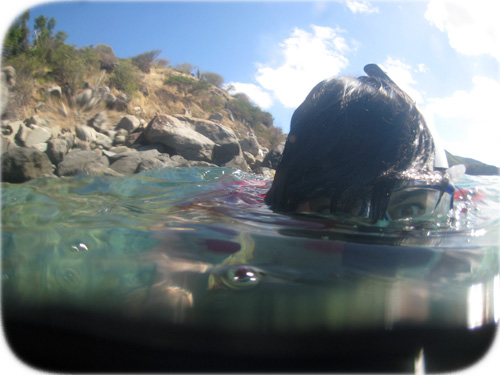
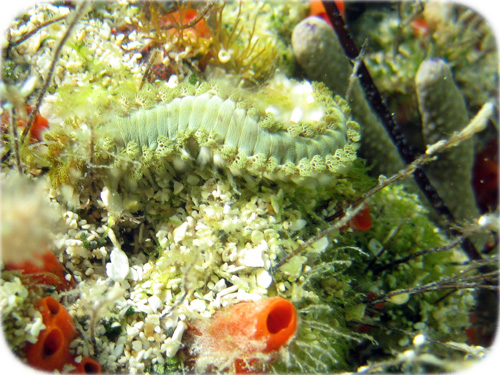
We returned to the dive shop for the next phase in our Advanced training–an intensive session on underwater photography techniques, equipment, and care from ace undersea shutterbug Sally. We ended our Valentine’s Day with a seaside repast at Le Tastevin, drinking pink champagne and wearing matching pink outfits: pink stripes for Marc AuMarc, and a pink sea-creature-print silk maxi dress for Madam J.

